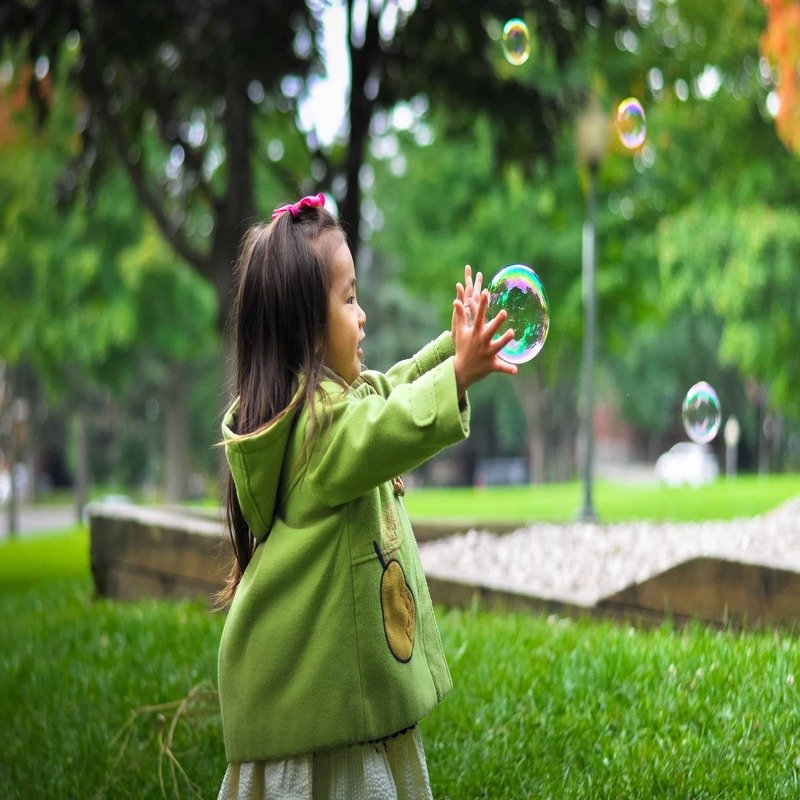Growing Green: Sustainable and Eco-Friendly Practices in Kids' Clothing

In recent years, there has been a growing emphasis on sustainability and eco-friendliness in the fashion industry, and children’s clothing is no exception. Parents are increasingly seeking clothing options for their kids that are not only stylish and comfortable but also environmentally conscious and ethically produced. In this article, we’ll explore the importance of sustainable and eco-friendly practices in kids’ clothing, the benefits they offer, and how parents can make more informed choices when shopping for their little ones.
The Importance of Sustainable Kids’ Clothing
Sustainable kids’ clothing refers to clothing that is produced using eco-friendly materials and manufacturing processes, with minimal impact on the environment. With concerns about climate change, pollution, and waste becoming increasingly urgent, parents are turning to sustainable clothing options for their children as a way to reduce their environmental footprint and support ethical fashion practices. By choosing sustainable kids’ clothing, parents can help protect the planet and create a better future for their children.
Eco-Friendly Materials and Fabrics
One of the key components of sustainable kids’ clothing is the use of eco-friendly materials and fabrics. This includes organic cotton, bamboo, hemp, and recycled fibers, which are grown and harvested using environmentally sustainable methods and free from harmful chemicals and pesticides. These materials are not only gentle on the planet but also safe and gentle on children’s sensitive skin, reducing the risk of irritation and allergic reactions.
Ethical Production Practices
In addition to using eco-friendly materials, sustainable kids’ clothing brands prioritize ethical production practices that prioritize the well-being of workers and communities. This may include fair labor practices, safe working conditions, and fair wages for garment workers, as well as transparent supply chains that trace the journey of clothing from raw materials to finished product. By supporting brands that uphold ethical production standards, parents can ensure that their children’s clothing is made with integrity and respect for human rights.
Minimal Waste and Packaging
Sustainable kids’ clothing brands also strive to minimize waste and packaging throughout the production and distribution process. This may involve using recycled or biodegradable packaging materials, reducing the use of plastic and excess packaging, and implementing recycling and waste reduction initiatives in their operations. By choosing brands that prioritize minimal waste and packaging, parents can reduce their environmental impact and contribute to a more sustainable fashion industry.
Longevity and Durability
Another key aspect of sustainable kids’ clothing is longevity and durability. Sustainable clothing is designed to last longer and withstand the wear and tear of active children’s lifestyles, reducing the need for frequent replacements and minimizing waste. By investing in high-quality, well-made clothing that can be passed down from sibling to sibling or resold and repurposed, parents can reduce their overall consumption and make more sustainable choices for their children’s wardrobe.
Educating Children About Sustainability
Beyond just choosing sustainable clothing options, parents can also educate their children about the importance of sustainability and environmental stewardship. This may involve teaching them about where clothing comes from, the impact of consumer choices on the environment, and simple actions they can take to reduce their ecological footprint. By instilling values of sustainability and eco-consciousness in their children from a young age, parents can empower them to become thoughtful and responsible stewards of the planet.
Conclusion
In conclusion, sustainable and eco-friendly practices are becoming increasingly important in the world of kids’ clothing, as parents seek clothing options that are both stylish and environmentally conscious. By choosing sustainable kids’ clothing made from eco-friendly materials, supporting brands that uphold ethical production practices, and educating their children about the importance of sustainability, parents can play a vital role in creating a more sustainable future for generations to come.
Latest Blogs
- Growing Green: Sustainable and Eco-Friendly Practices in Kids’ Clothingby brid
- Shaping Style: Parental Influence and Consumer Behavior in Kids’ Clothingby brid
- Embracing Inclusivity: The Rise of Gender-Neutral Clothing for Childrenby brid
- Trendy Tots: Exploring the Latest Trends in Kids’ Fashionby brid
- Nurturing Growth: Child Development and the Role of Clothing Designby brid